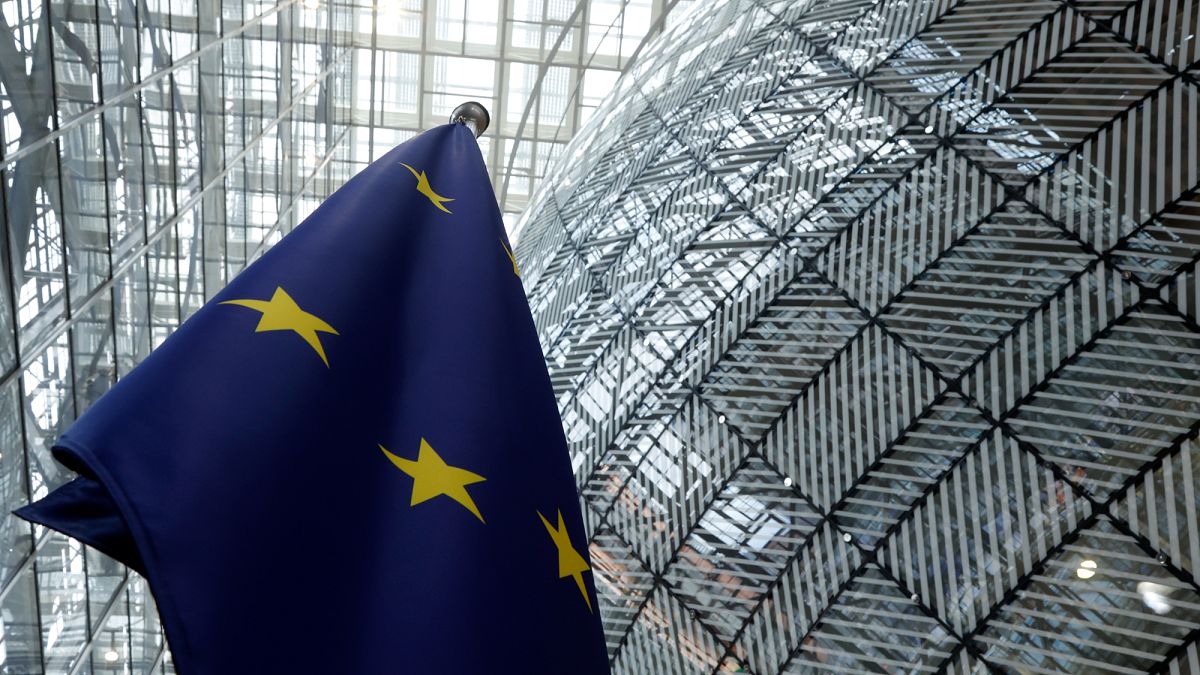

In recent developments, the European markets witnessed a cautious start following the announcement by former US President Donald Trump of potential tariffs aimed at the European Union. The proposed tariffs, set at 30%, have been described as substantial by officials on both sides of the Atlantic, with ongoing discussions between stakeholders representing a glimmer of hope in what could impact billions in daily trade.
European Commission President Ursula von der Leyen has expressed a commitment to negotiation, reassuring that the EU will withhold from imposing retaliatory tariffs on US goods until at least the beginning of August. This decision reflects a diplomatic effort to engage in dialogue and potentially resolve issues that have arisen, fostering an environment of calm amidst uncertainty. Von der Leyen’s comments indicate a willingness from the EU’s side to seek constructive solutions, a stance that resonates with promoting stability.
Meanwhile, the trade dynamics between China and the US have also shown signs of stabilization. China recently recorded better-than-expected export figures, albeit still in negative territory regarding shipments to the US. The softer decline in trade numbers, as compared to previous months, highlights how diversification efforts are helping China offset some of the disruptions in its trade with the US. The secured trade agreement with the United States lends a layer of predictability to the situation, showcasing a mutually beneficial approach to international commerce.
White House economic adviser, Kevin Hassett, provided insight into the ongoing situation, noting that discussions continue in earnest. Hassett emphasized the importance of improved deals from countries like the EU and Mexico to avoid the imposition of the threatened tariffs. “These tariffs are real if the president doesn’t get a deal that he thinks is good enough,” Hassett remarked on a televised segment, illustrating a clear conditionality that underlies the tariff threat. The situation underscores the complex nature of international trade negotiations where strategic patience is often key.
Furthering the dialogue around economic measures, the Bank of England has been closely monitoring economic performance indicators, raising the possibility of an interest rate cut in the near future. Governor Andrew Bailey pointed to a slowdown in job growth as a factor that could influence the bank’s decision. Markets have picked up on this potential shift, with an increased likelihood of a rate cut in August. Bailey’s perspective and clear-headed assessment of the labour market inject a sense of preparation and reassurance into the economic forecast.
In Brussels, Maroš Šefčovič, the EU’s chief trade commissioner, expressed the potential impact of President Trump’s proposed tariffs on transatlantic trade, which amounts to €4.4 billion daily. Šefčovič noted that a tariff this significant could “practically prohibit” current trade flows, representing a considerable barrier to the dynamic commercial exchange between the US and EU. Despite these concerns, the approaching talks highlight a collective aim to find common ground and avert trade restrictions that may hamper economic interactions.
Overall, the current landscape of international trade is marked by both challenges and opportunities for dialogue, with stakeholders from different regions engaging in negotiations. While notable figures continue to express concerns over potential economic impacts, their concerted efforts also suggest a commitment to achieving amicable solutions. As the world watches, the emphasis remains on collective problem-solving and maintaining open communication channels to navigate these complex economic waters smoothly.
Source: {link}
